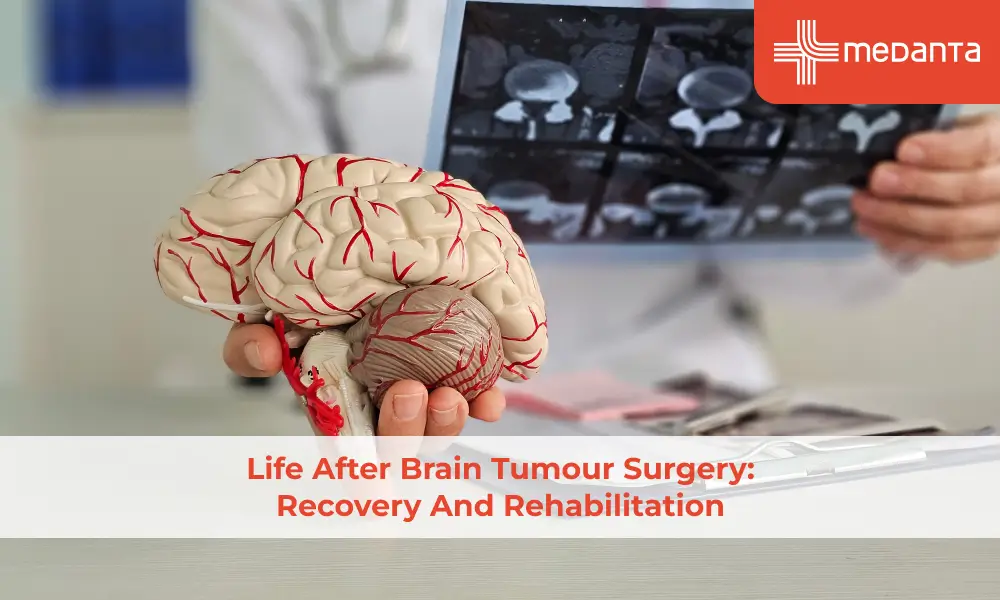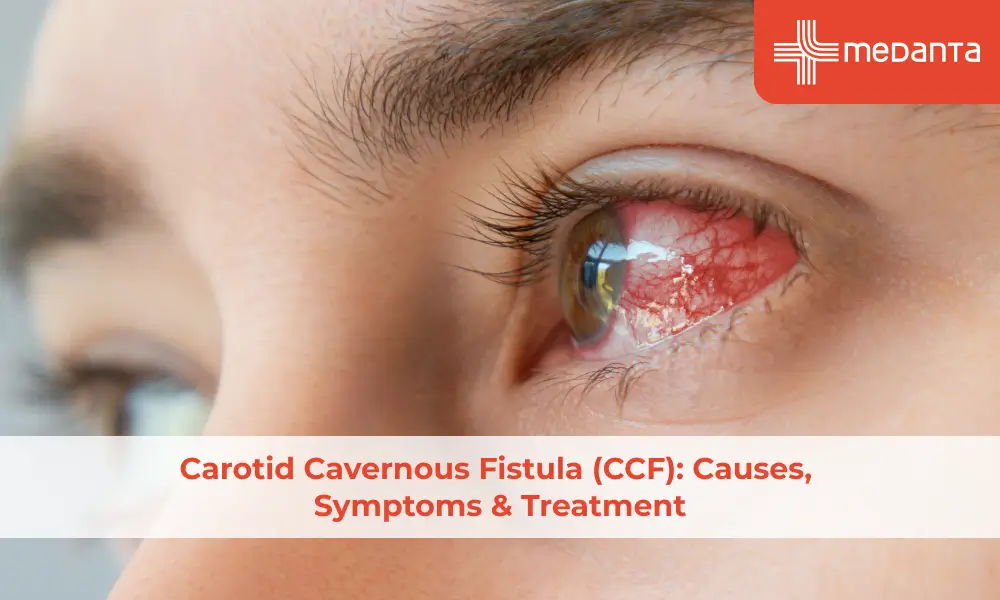5 Most Common Prenatal Anomalies That Children May Encounter!

Do you know that an estimated 6% of babies worldwide are born with a congenital disorder, resulting in hundreds of thousands of associated deaths? Bringing a child into the world is a momentous occasion filled with anticipation and joy. Yet, the journey to parenthood is not without its complexities.
Prenatal anomalies, though not uncommon, pose challenges that require understanding and early detection. In this blog, we’ll discuss 5 common anomalies detected before birth, the significance of identifying these issues early in the pregnancy journey, and how to cope in case you’re faced with one!
5 Common Anomalies Detected Before Birth
While there are many prenatal anomalies that are detected before birth, here are some of the most common anomalies:
1. Down Syndrome
Down syndrome, a chromosomal condition, is one of the most well-known anomalies detectable before birth. It is characterised by an extra copy of chromosome 21 and occurs in approximately 1 in 700 births worldwide. Prenatal screening tests, such as non-invasive prenatal testing (NIPT) and ultrasound, offer expectant parents the opportunity to assess the risk of Down syndrome early in pregnancy.
For those identified as high-risk, further diagnostic tests like amniocentesis provide more conclusive results. While a Down syndrome diagnosis may initially present challenges, advancements in medical care and educational support have significantly improved the quality of life for individuals with Down syndrome. Expectant parents facing this diagnosis are encouraged to seek emotional support and connect with advocacy groups to gain a comprehensive understanding of the condition.
2. Neural Tube Defects
Neural tube defects (NTDs) are structural abnormalities affecting the brain and spinal cord. Examples include conditions like spina bifida and anencephaly. Folate, a crucial B-vitamin, plays a key role in preventing NTDs, emphasising the importance of adequate maternal nutrition during pregnancy.
Routine ultrasounds during the second trimester can help identify NTDs, allowing for early intervention and comprehensive care planning. While the prospect of an NTD diagnosis can be overwhelming, advancements in medical interventions and surgical techniques offer hope for improved outcomes. Support groups and counselling services are valuable resources for parents navigating the complexities of neural tube defects.
3. Congenital Heart Defects
Congenital heart defects (CHDs) are structural abnormalities in the heart present at birth. They are among the most common birth defects, affecting nearly 1 in every 100 newborns. Prenatal detection of CHDs is possible through foetal echocardiography, a specialised ultrasound that focuses on the developing heart.
Early identification allows for careful monitoring throughout pregnancy and facilitates timely intervention plans post-birth. Treatment options for CHDs have significantly advanced, with some cases requiring surgical correction shortly after delivery. The collaboration of multidisciplinary healthcare teams ensures comprehensive care for both the child and their family.
4. Cleft Lip and Palate
Cleft lip and palate anomalies result from incomplete fusion of facial structures during foetal development. While these conditions can be visually identified during routine ultrasounds, more detailed imaging techniques, such as 3D ultrasounds, provide clearer insights.
Cleft lip and palate are correctable through surgical interventions after birth, often requiring a team of specialists, including paediatricians, plastic surgeons, and speech therapists. Prenatal counselling equips parents with the information needed to prepare for the challenges and treatments associated with cleft lip and palate conditions. Support groups and organisations dedicated to craniofacial care offer valuable networks for shared experiences and guidance.
5. Genetic Disorders
Various genetic disorders can be detected before birth through advanced screening and diagnostic methods. Genetic counselling, a crucial component of prenatal care, helps parents understand the risks and explore testing options such as chorionic villus sampling (CVS) or amniocentesis.
Navigating a genetic disorder diagnosis involves careful consideration of treatment options, including early interventions and specialised medical care. Genetic support networks and advocacy groups provide families with valuable resources, helping them make informed decisions and fostering a sense of community.
Coping with Anomalies
Coping with prenatal anomalies can be an emotionally challenging journey for expectant parents. The discovery of a prenatal anomaly, a condition or abnormality in the developing foetus, often brings a range of emotions such as shock, fear, sadness, and uncertainty. Navigating this difficult terrain requires support, information, and a personalised approach to coping.
- Seeking Professional Guidance:
- Consult with healthcare professionals: Reach out to obstetricians, genetic counsellors, and specialists who can provide detailed information about the anomaly, potential outcomes, and available options.
- Mental health support: Consider seeking the guidance of mental health professionals, such as counsellors or therapists, who specialise in perinatal issues. They can help you process emotions and develop coping strategies.
- Gathering Information:
- Educate yourself: Understand the nature of the anomaly, its implications, and available treatments. Knowledge can empower you to make informed decisions and manage expectations.
- Connect with support groups: Online or local support groups provide an opportunity to share experiences with others facing similar challenges. Hearing from those who have gone through similar situations can be reassuring.
- Emotional Coping Strategies:
- Allow yourself to grieve: It's natural to feel a sense of loss or sadness. Allow yourself the space and time to grieve and come to terms with the situation.
- Communicate openly: Share your feelings with your partner, family, and close friends. Open communication can strengthen your support system and foster understanding among loved ones.
- Exploring Options:
- Decision-making process: Discuss potential options with your healthcare team, considering factors such as medical interventions, palliative care, or, in some cases, the possibility of termination. Each family's decision is deeply personal and should be based on their values and beliefs.
Conclusion
Prenatal anomaly detection is a remarkable aspect of modern healthcare that empowers expectant parents with knowledge and the opportunity for early intervention. While the prospect of a prenatal diagnosis may evoke various emotions, it's essential to recognize the advancements in medical care and support available for families facing these circumstances.
Seeking professional guidance, connecting with support networks, and maintaining open communication with healthcare providers are pivotal steps in navigating the complexities of prenatal anomalies.
Ultimately, early detection not only enhances the quality of medical care but also allows families to approach their unique journeys with resilience, hope, and the support they need.






